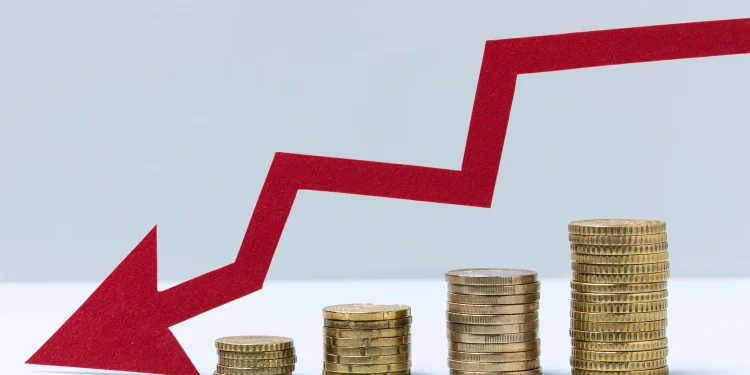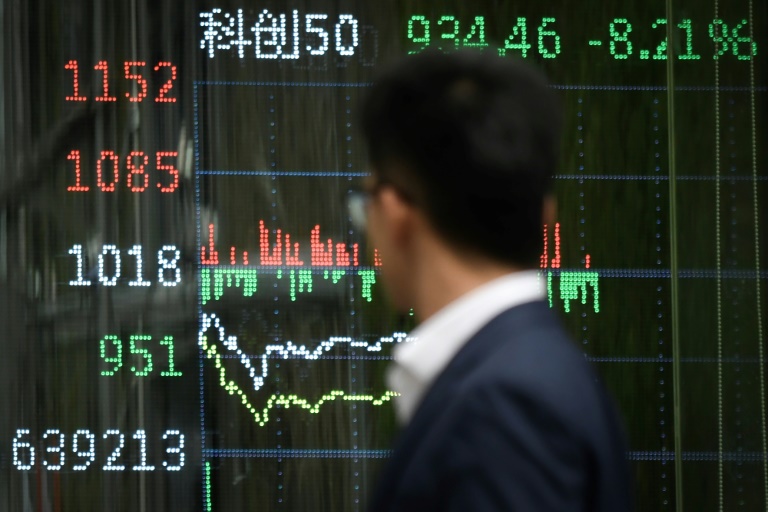Financial crises have been a recurring theme throughout history, leaving lasting impacts on economies worldwide. The collapse of the U.S. housing market in 2006 and the subsequent global financial crisis serve as stark reminders of the destructive power of such events. But we don’t need reminders. there is already a new crisis, started with COVID-19 and continued with war actions in Ukraine and Palestine. Maybe it is a good time to take a brief overview of five of the most devastating financial crises in world’s history.
The Credit Crisis of 1772
The Credit Crisis of 1772, originating in London and quickly spreading throughout Europe, was a significant event with far-reaching consequences. By the mid-1760s, the British Empire had amassed substantial wealth from its colonial possessions and trade activities. This led to an era of overoptimism and rapid credit expansion among many British banks. However, this period of prosperity came to an abrupt end on June 8, 1772, when Alexander Fordyce, a partner in the British banking house Neal, James, Fordyce, and Down, fled to France to escape his mounting debts.
The news of Fordyce’s flight triggered a banking panic in England, as creditors rushed to demand immediate cash withdrawals from British banks, leading to long lines forming outside these institutions. This panic quickly spread to Scotland, the Netherlands, and other parts of Europe, as well as to the British American colonies. Historians argue that the economic repercussions of this crisis were significant contributing factors to the protests culminating in the Boston Tea Party and, ultimately, the American Revolution.

The Great Depression of 1929–39
The Great Depression of 1929–39 stands as the worst financial and economic disaster of the 20th century. Many historians believe that it was triggered by the Wall Street crash of 1929 and later exacerbated by poor policy decisions of the U.S. government. Lasting almost a decade, the Depression resulted in massive income loss, record unemployment rates, and a significant decline in output, particularly in industrialized nations. In the United States, the unemployment rate reached almost 25 percent at the peak of the crisis in 1933.

The OPEC Oil Price Shock of 1973
This crisis began when OPEC (Organization of the Petroleum Exporting Countries) member countries, primarily consisting of Arab nations, decided to retaliate against the United States for its support of Israel during the Fourth Arab–Israeli War. OPEC countries declared an oil embargo, abruptly halting oil exports to the United States and its allies. This action caused major oil shortages and a severe spike in oil prices, leading to an economic crisis in the U.S. and many other developed countries.
What was unique about the ensuing crisis was the simultaneous occurrence of very high inflation, triggered by the spike in energy prices, and economic stagnation due to the overall economic crisis. As a result, economists named the era a period of “stagflation” (stagnation plus inflation). It took several years for output to recover and inflation to fall to its pre-crisis levels.
The Asian Crisis of 1997
The Asian Financial Crisis of 1997 originated in Thailand and rapidly spread throughout East Asia and its trading partners. Speculative capital flows from developed countries to the East Asian economies of Thailand, Indonesia, Malaysia, Singapore, Hong Kong, and South Korea, known then as the “Asian tigers,” had triggered an era of optimism that resulted in an overextension of credit and excessive debt accumulation in those economies.
In July 1997, the Thai government was forced to abandon its fixed exchange rate against the U.S. dollar, which it had maintained for an extended period, due to a lack of foreign currency resources. This event sparked a wave of panic across Asian financial markets and quickly led to the widespread reversal of billions of dollars of foreign investment. As the panic unfolded in the markets and investors grew wary of possible bankruptcies of East Asian governments, fears of a worldwide financial meltdown began to spread.
It took years for things to return to normal. The International Monetary Fund had to step in to create bailout packages for the most affected economies to help those countries avoid default.
The Financial Crisis of 2007–08
The collapse of the housing bubble in the United States sparked the Great Recession, the most severe financial crisis since the Great Depression, and wreaked havoc in financial markets around the world. The crisis resulted in the collapse of Lehman Brothers, one of the largest investment banks in the world, and brought many key financial institutions and businesses to the brink of collapse, requiring government bailouts of unprecedented proportions.
It took almost a decade for things to return to normal, wiping away millions of jobs and billions of dollars of income along the way. The Great Recession had far-reaching economic and social consequences, highlighting the interconnectedness of the global financial system and the need for more robust regulation and oversight.























